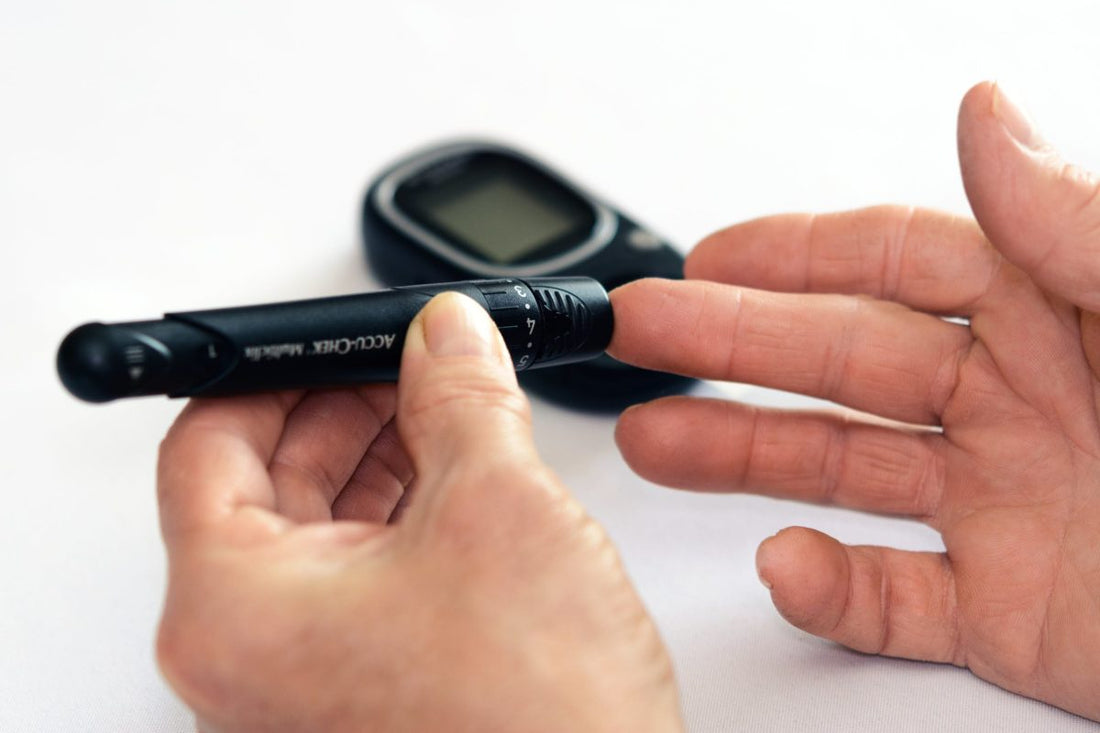Camel milk has many health benefits, but did you know that it may also be effective for managing type 1 diabetes?
Type 1 diabetes takes place when a person’s pancreas stops producing insulin. Insulin is an important substance for getting glucose to the cells of the body. In the United States, it’s estimated that 1.25 million people have type 1 diabetes, and hundreds of thousands are diagnosed each year. These people are usually young adults and children.
Because of the far-reaching effects of this disease, researchers are trying to learn more about it and find better treatments. Camel milk may just be what they’re looking for.
While it’s not a treatment on its own, one study has shown that camel milk might be a great complement to traditional diabetes treatments. Before we jump into the abilities of camel milk, let’s look at how diabetes affects lives, its causes, and how it’s commonly managed. Then we’ll explore how camel milk can help.
Diabetes Impacts Life
Type 1 diabetes impacts individuals’ physical health along with taking a toll on emotional and psychological well-being.
Distress and depression often occur in people who have type 1 diabetes. In young adults, these symptoms often happen because they find it hard to maintain a normal life while managing the disease.
One 2013 study found many young adults expressed they felt awkward injecting insulin around others and felt singled out, causing them to avoid activities.
What Causes Type 1 Diabetes?
Though there is still a lot to learn about the causes of type 1 diabetes, we do know some contributing factors.
People with older mothers, higher birth weights, and whose deliveries happened via cesarean section have a higher risk of developing type 1 diabetes. Boys whose mothers had shorter pregnancies are also at risk.
A theory suggests diabetes may be caused when the immune system mistakenly destroys insulin-producing beta cells. But a 2017 study suggested that beta cells are actually at fault because they cause an immune response that leads to diabetes.
Watching for Diabetes Complications
Though type 1 diabetes is manageable, people living with this illness must be aware of the complications that can happen. They’ll need to keep an eye out for symptoms.
Hypoglycemia and Hyperglycemia
Hypoglycemia happens when a person’s blood sugar is too low, and hyperglycemia takes place when a person’s blood glucose becomes too high.
It’s important to recognize the symptoms quickly in order to stabilize blood sugar. In severe cases, these conditions can lead to injury, coma, or even death.
Skin Problems
People with diabetes are more likely to have any number of skin problems, including bacterial and fungal infections, itching, dark spots, allergic reactions, blisters, and more.
Most of these conditions can be stopped in their tracks if they are caught early. People at risk need to know the signs and take care of these complications before it becomes difficult to manage.
Foot Complications
Diabetes also carries an increased risk of foot problems, including nerve damage, calluses, foot ulcers, poor circulation, and amputation. With early intervention, these problems can often be avoided.
Managing Type 1 Diabetes
Though type 1 diabetes is a serious condition, there are many reliable ways to treat it, including:
- Medication
- Exercise
- Diet and nutrition
By implementing these methods of management, people with diabetes can have a much higher quality of life.
Medication
One very important way to manage type 1 diabetes is with medication. Individuals with type 1 diabetes do not produce insulin so they need to monitor blood sugar throughout the day. And they will also need to take insulin on their own.
This is usually administered with a pen, syringe, or pump.
Exercise
Exercise is also an important part of treating diabetes. When people living with diabetes exercise regularly, their blood sugar becomes more stable, making their diabetes easier to manage.
Diet and Nutrition
Diet is another way to stabilize blood glucose. It’s important to plan meals that support balanced blood sugar. You’ll want to make sure it doesn’t spike too high or drop too low.
These methods of managing type 1 diabetes are very effective but can be challenging for children and young people. Especially when it comes to sticking to a strict diet and exercising routinely.
Managing type 1 diabetes is challenging. It’s important to keep finding ways to improve the quality of life for people living with this illness. Luckily, camel milk may be able to help.
Camel Milk For Diabetes
In 2005, a study in the Journal of Camel Milk and Practice examined the effects of camel milk on type 1 diabetes when it was used in addition to a traditional treatment regimen.
The study included 24 patients and lasted for 52 weeks. All of the participants followed a traditional treatment schedule that included a strict diet, exercise, and insulin administration. In addition to this schedule, 12 of the participants also drank 500 ml of camel milk daily.
Twice a week, researchers measured their blood sugar, and insulin doses were adjusted accordingly. At the end of the treatment, the results were extremely promising.
- In patients who were treated with camel milk, the required daily insulin dose went from approximately 32 before treatment to 17.83 after treatment.
- Alternately, the control group went from requiring approximate daily insulin doses of 33 before the experiment to 30.16.
These results showcase the exciting ability of camel milk to reduce the need for insulin. In fact, one participant treated with camel milk was able to stop taking insulin after eight months.
Give Camel Milk A Try
Camel milk is a safe and effective treatment that can be used as a complement to traditional medicine. Though it is not a cure for type 1 diabetes, it may help lessen the need for insulin. Also, improve the health of those living with this illness.
So if you’re searching for a way to help manage the symptoms of type 1 diabetes, why not pick up some camel milk and add it to your daily routine?

 Log in
Log in
